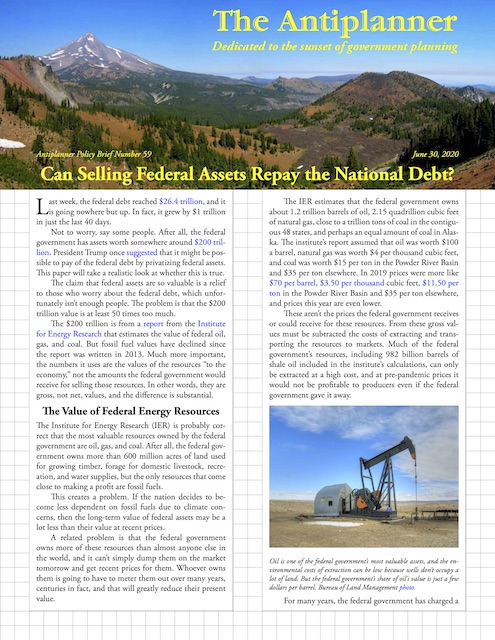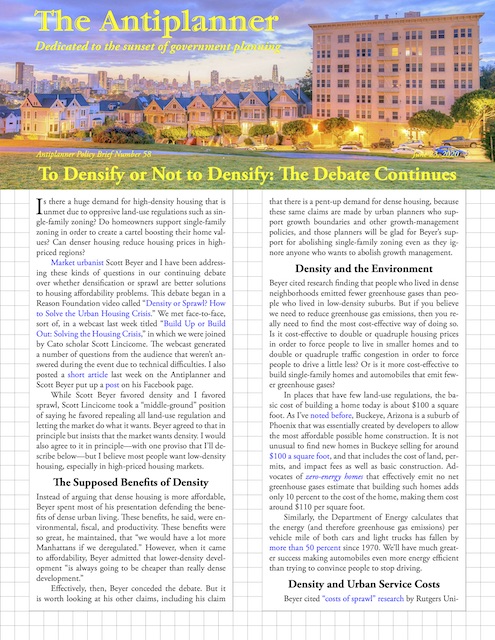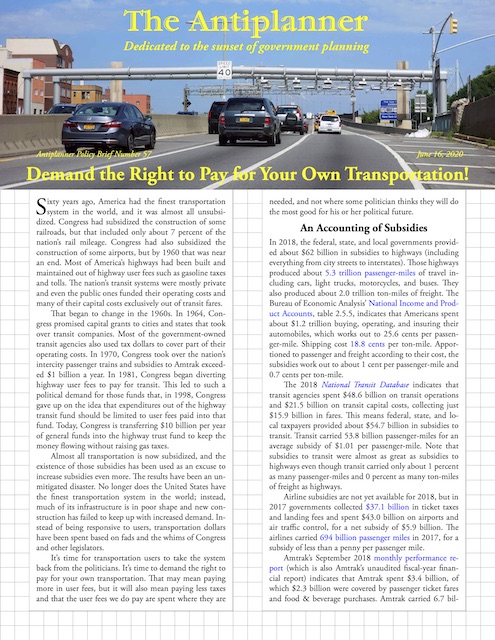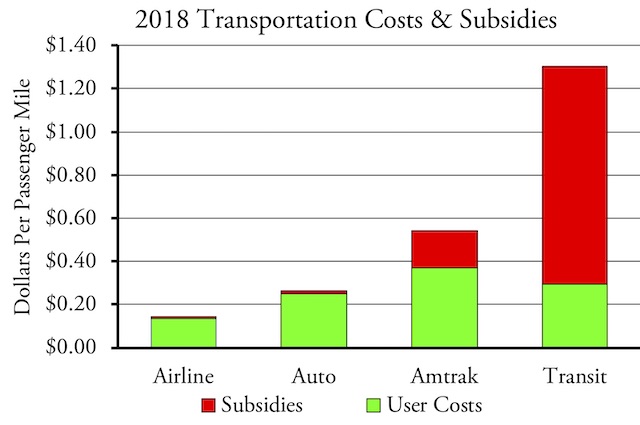News reports say that the Trump Administration is going to propose a $1 trillion infrastructure plan to “boost the economy.” One writer says it will not only promote recovery but also help the environment.
Since Trump promised a $1 trillion infrastructure plan when he was running for president in 2016, it may seem like it is about time that he kept that campaign promise. But those who thought he was crazy to make that promise in the first place may wonder just where he found enough infrastructure to spend $1 trillion. Part of the answer, it turns out, is a little bit of trickery in the proposal.
Infrastructure, of course, includes airports, highways, pipelines, ports, power plants, railroads, telecommunications, transit lines, water & sewage facilities, and more. A lot of this is private, including pipelines, railroads, and telecommunications. Most of the remainder, including highways, ports, transit, and water & sewage facilities, is owned by state or local governments. Really, aside from roads and other structures on federal lands, the only infrastructure facilities owned by the federal government are some hydroelectric dams. Continue reading →
 Click image to download a four-page PDF of this policy brief.
Click image to download a four-page PDF of this policy brief.











